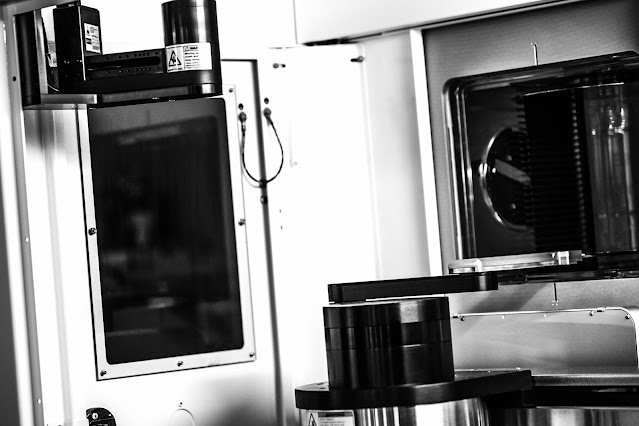Inside Precision Motion Control: A Deep Dive into XYZ Stages

Enabling accurate and repeatable motions in robotics, manufacturing, and scientific research, precision motion control is the foundation of many businesses. XYZ precision stage is a multipurpose instrument that offers three-dimensional controlled movement and is the center of this field. In this blog article, we'll take a closer look at XYZ stages and examine their uses, capabilities, and technological developments that have transformed precise motion control. Understanding XYZ Precision Stages A mechanical apparatus called an XYZ precision stage is made to move an item or platform along the X, Y, and Z orthogonal axes. These axes represent linear motions in the directions of depth, verticality, and horizontality, respectively. Typically, the stage is made up of bearings or guide rails, linear actuators or motors, and a controller for accurate placement. The capacity of XYZ stages to attain submicron or even nanometer-level accuracy is its primary characteristic...
.jpg)
.jpg)

.jpg)